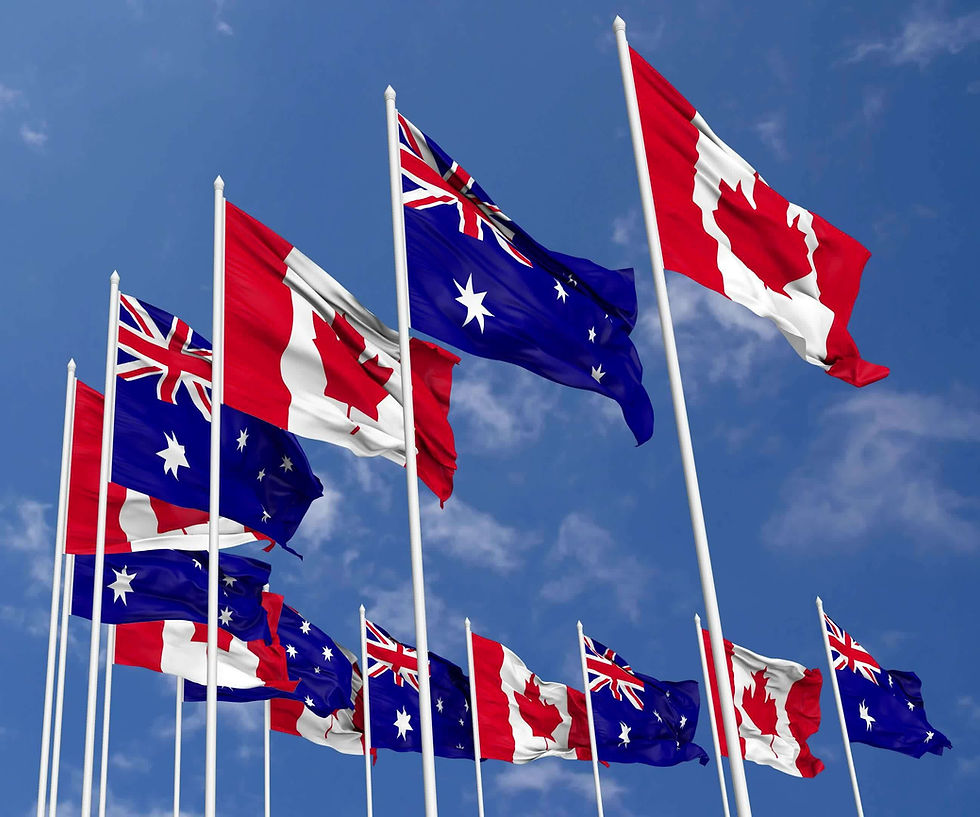TUJIKO NORIKO SEARCHES WIND BACK WEDNESDAY FOR A FUNK SOUL BROTHER
- Bernard Zuel
- Jun 15, 2021
- 3 min read

Been down a gloriously fun Japanese pop rabbit hole recently, sparked by the recommendations in a student’s essay (yes, he got very good marks) – people like Pizzicato Five and Maryia Takeuchi, who can be found in this and last week’s playlists.
This Japanese diversion also sent me back into the files, though this time for an artist working fields some distance from the fizzy pop of those two.
Avant garde electronic artist Tujiko Noriko worked small but never limited, and as she explained in 2008 before performing at the not-exactly-small Sydney Opera House, cutting down music to its smallest segments can amplify more than your ambitions.
In Tujiko Noriko’s song Endless End there is steady march in tempo, it’s almost stately in its progression. But the sounds are anything but regular. A buzzing somewhere between a low flying bee and a digitally distorted keyboard is paired with a whistling ring, like a wooden wind chime in a high wind. It’s eerie and simultaneously natural.
On another track by the Japanese sound sculpturist and musician, Give Face, her voice is delicate and soothing but behind it is another sampled voice, more agitated and piercing. The music around it is made up of disjointed sounds (like the BBC sound library come to life) patched together in a swirling ensemble. It’s hypnotic and fascinating.
These two songs from a prolific – 12 albums this century already - career suggest an artist comfortable with the glitch and the warp of electronica. While the sounds clearly are studio-created, her voice brings not just a human warmth to the material but takes the songs nearer pop music.
It explains why she is occasionally called the Japanese Bjork, though the similarities are largely superficial with Noriko more contained within electronic constructions and less prone to flights of fantasy.
However, with Noriko this week playing at the Opera House, where earlier this year Bjork performed as part of the Sydney Festival, the Japanese experimenter has one ambition unfulfilled which might bring her closer to the Icelandic oddball.
"I would like to make music with somebody who makes really funky music," Noriko said recently. "I never manage to make something really funky. Maybe I don't have anything in me which is funky."
On the phone from her Paris apartment, with her young child occasionally offering her own sound effects to the interview, I ask Noriko what appeals to her about funk.
"I want to do a collaboration with somebody who has really different styles than me. I am not in a hurry to do that.” she says in only slightly halting English. “I "I have never done dance but I like it. I think it's funny if I sing on it because my singing is not funky at all."

That’s not entirely true though, as several of Noriko’s songs build into rhythmic numbers which might well make you move, albeit jerkily. Nonetheless, their defining style is less rhythm as the way she cuts up sounds and then layers them on top of each other, and her voice, to create something new. Is this method more attractive than straightforward songs?
"I had never thought about it but mainly I sing; I don't play guitar, I don't play piano well. I don't play instruments well so I started to do electronic music,” she says.
“From the beginning I have been using a sampler because I play everything but not very well so finally I cut into small segments and I sample my playing so it becomes cut and pasted. It is like creating my live show in my apartment.”
Or in the case of the Opera House shows, recreating her apartment in a live show.








コメント